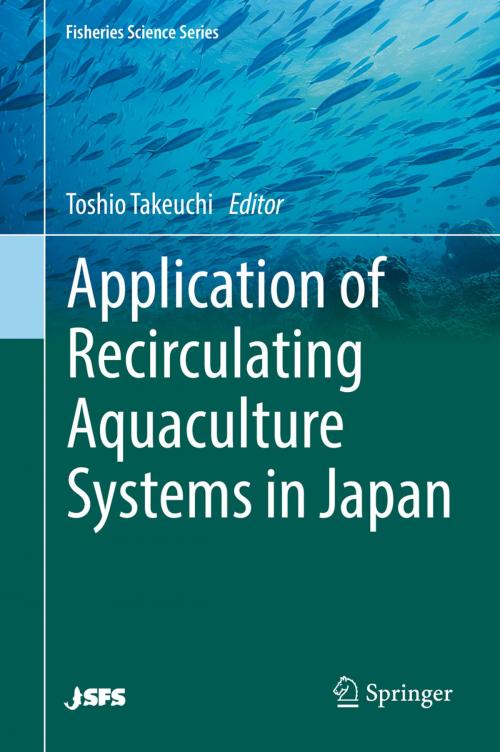Application of Recirculating Aquaculture Systems in Japan
Nonfiction, Science & Nature, Science, Biological Sciences, Marine Biology, Zoology, Nature| Author: | ISBN: | 9784431565857 | |
| Publisher: | Springer Japan | Publication: | December 29, 2017 |
| Imprint: | Springer | Language: | English |
| Author: | |
| ISBN: | 9784431565857 |
| Publisher: | Springer Japan |
| Publication: | December 29, 2017 |
| Imprint: | Springer |
| Language: | English |
This is the first English book to address the current development of closed recirculating aquaculture systems (cRASs) in Japan, and its implications for industry in the near future. It offers an introduction to the topic and discusses the industrial application of cRASs. Around Europe, cRASs using freshwater have been developed, but to date there is little information about cRASs using the saltwater. As such, the book introduces the technical development of cRASs using the saltwater in Japan and describes measures necessary for their industrialization. It also discusses in detail various species, e.g., flounder, pejerrey, kuruma shrimp, white shrimp and abalone, which have been raised in cRASs. Furthermore, it presents wide topics concerning the technological development of aquariums, an area in which progressive Japanese techniques dominate. Lastly, the book also examines CERAS and poly-culture in Japan.
The book is a valuable resource for a wide readership, such as local government officers, energy-industry staff, maintenance and system engineers, as well as those from the construction, agriculture and fishery industries.
This is the first English book to address the current development of closed recirculating aquaculture systems (cRASs) in Japan, and its implications for industry in the near future. It offers an introduction to the topic and discusses the industrial application of cRASs. Around Europe, cRASs using freshwater have been developed, but to date there is little information about cRASs using the saltwater. As such, the book introduces the technical development of cRASs using the saltwater in Japan and describes measures necessary for their industrialization. It also discusses in detail various species, e.g., flounder, pejerrey, kuruma shrimp, white shrimp and abalone, which have been raised in cRASs. Furthermore, it presents wide topics concerning the technological development of aquariums, an area in which progressive Japanese techniques dominate. Lastly, the book also examines CERAS and poly-culture in Japan.
The book is a valuable resource for a wide readership, such as local government officers, energy-industry staff, maintenance and system engineers, as well as those from the construction, agriculture and fishery industries.















